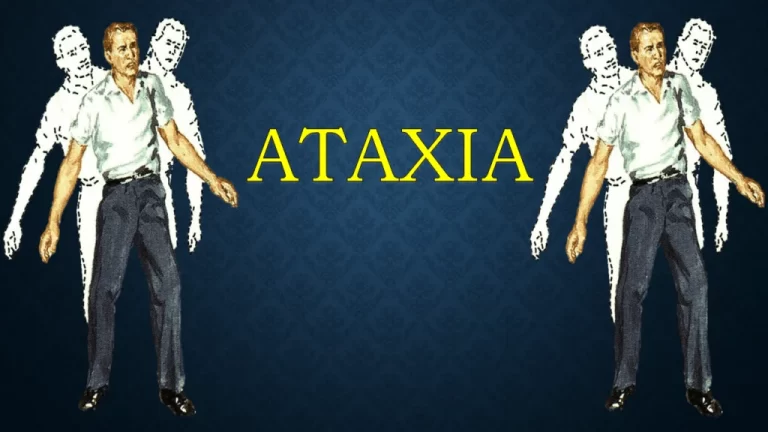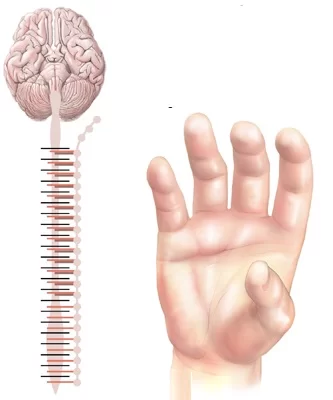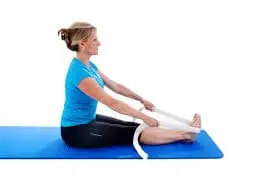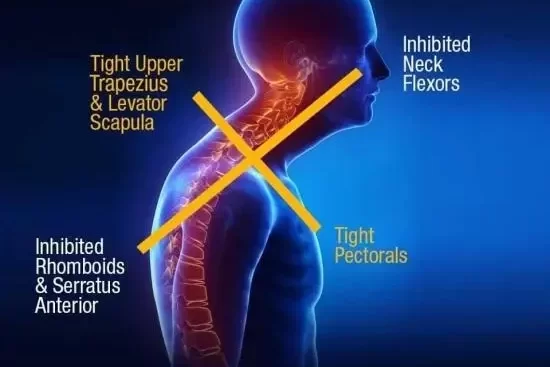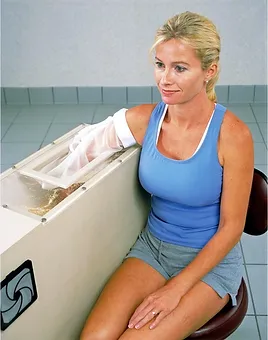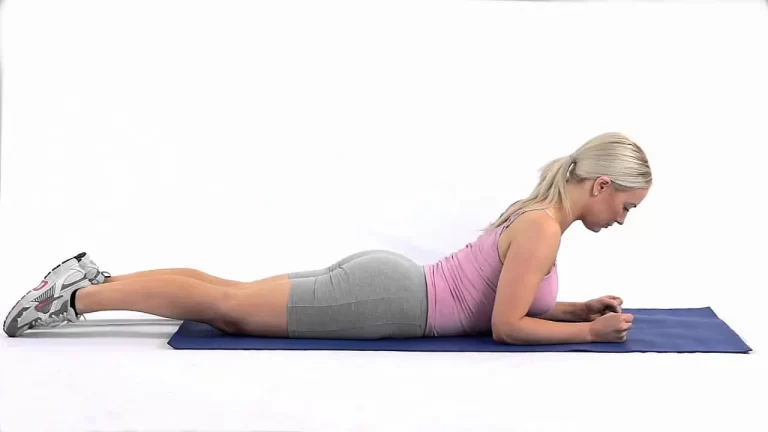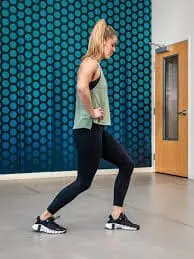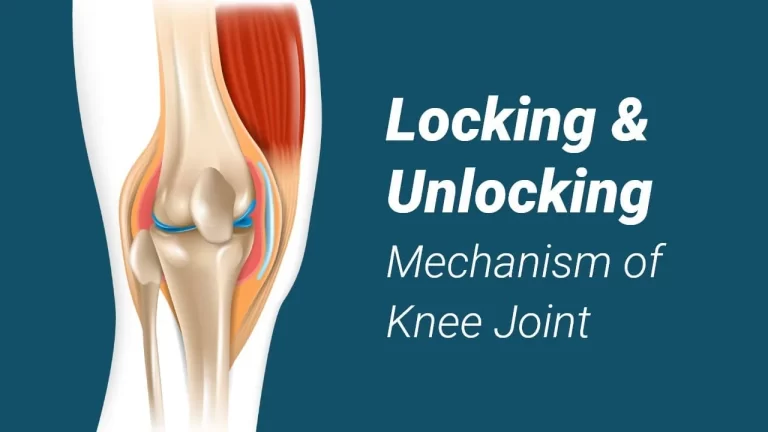Ataxia
Ataxia: What is it? Ataxia is the concept of a condition affecting your body’s coordination. You might move strangely if you have ataxia. Ataxia affects the cerebellum, the inner ear, and other elements of the central nervous system responsible for communicating muscle movements. Ataxia may indicate a specific aliment or be the name of a group…

